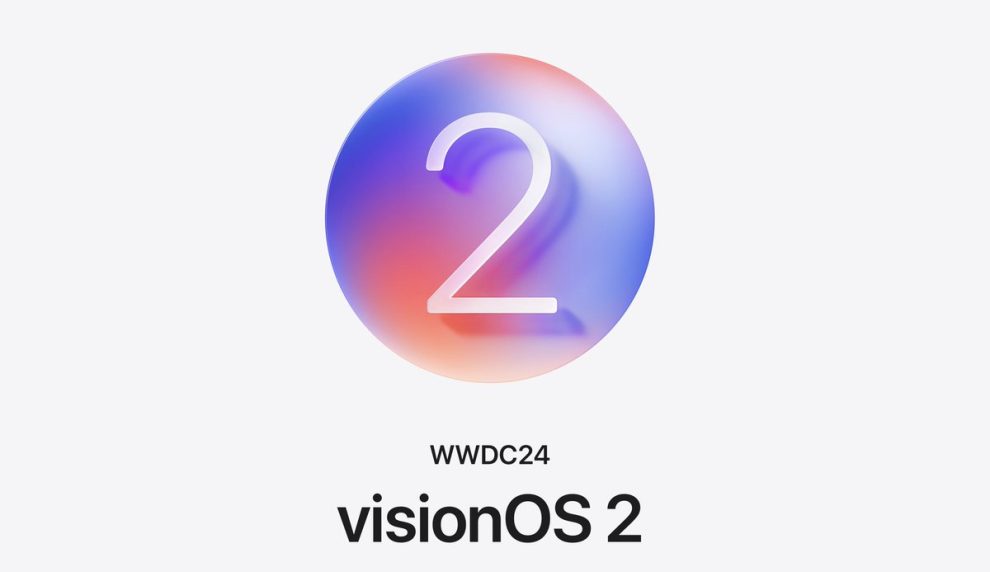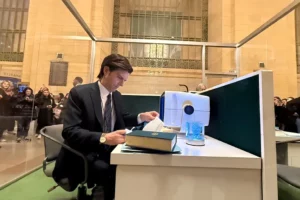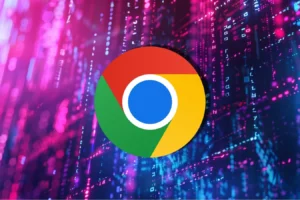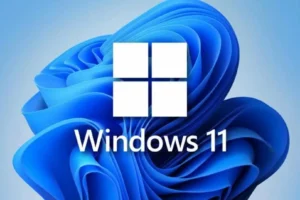Beyond the Screen: A World of Possibilities

visionOS 2 builds upon the groundbreaking foundation of spatial computing introduced with the Apple Vision Pro headset. It enables users to interact with digital objects and information in three-dimensional space using intuitive gestures like eye movements, hand gestures, and voice commands.
Volumetric App Experiences: Stepping into the Digital
Imagine participating in virtual meetings where colleagues appear life-sized, or collaborating on 3D design projects in a shared virtual workspace. visionOS 2’s new volumetric app capabilities make these immersive experiences possible by leveraging the processing power of the Apple Vision Pro.
Spatial Content Creation: Unleashing Creativity in a New Dimension
visionOS 2 empowers artists and creators with tools to sculpt 3D models, paint virtual masterpieces, and compose music using spatial gestures. These intuitive creation tools unlock new avenues for creativity within the spatial computing realm.
The Power of Sharing: Bringing the Virtual World Together
With the new “Shared Space” feature, visionOS 2 allows multiple users to interact in the same virtual environment in real-time. This fosters collaborative efforts in education, remote work, and social interactions, transcending physical distances.
A Glimpse into the Future: Developers Take Center Stage
Apple recognizes the pivotal role of developers in advancing spatial computing with visionOS 2. At WWDC24, Apple introduced essential tools and resources:
- SpatialKit 2: Enhanced framework for developing immersive 3D experiences, featuring realistic rendering, virtual object manipulation, and spatial audio integration.
- Reality Converter: Tool for converting 2D assets into immersive spatial content, facilitating easier creation of spatial applications.
- LiDAR API Enhancements: Improved capabilities for precise LiDAR data utilization, enhancing the realism of virtual environments.
These tools empower developers to innovate across various industries, from education and healthcare to entertainment and design.
Beyond the Hype: A Look at the Applications
The potential applications of visionOS 2 span diverse fields:
- Education: Virtual field trips and interactive 3D classrooms.
- Healthcare: Remote collaboration for surgeries and patient education.
- Engineering and Design: Real-time collaborative prototyping and design.
- Entertainment: Immersive movies, virtual concerts, and interactive storytelling.
These scenarios demonstrate how spatial computing can revolutionize industries and everyday experiences.
A Future Shaped by Spatial Computing

visionOS 2 represents a significant leap forward in spatial computing, positioning Apple at the forefront of this transformative technology. As the capabilities of visionOS 2 evolve, we anticipate:
- The Rise of the “Metaverse”: Seamless integration of physical and virtual worlds.
- Accessibility for All: Inclusive features like eye-tracking and haptic feedback.
- Privacy in the Spatial Age: Enhanced data security and user control.
- A New Era of Interaction: Redefining how we learn, work, and connect.
WWDC24 highlighted Apple’s commitment to shaping the future of computing through spatial innovation. visionOS 2 sets the stage for boundless possibilities in human-computer interaction.
















Add Comment